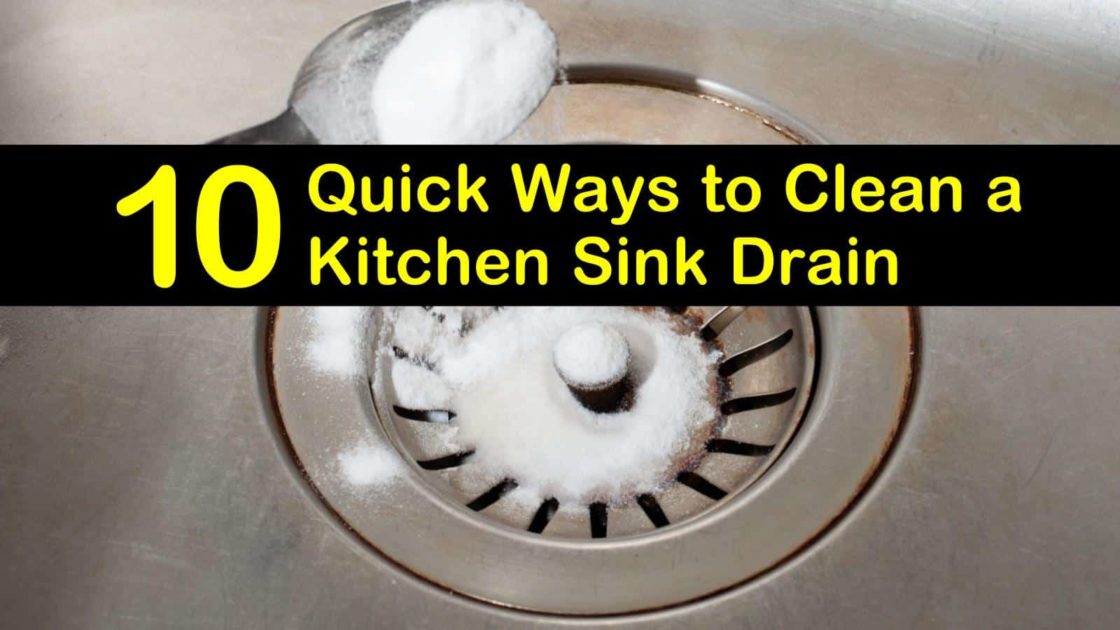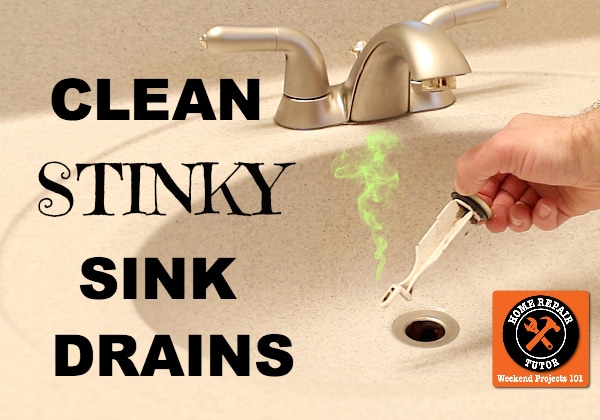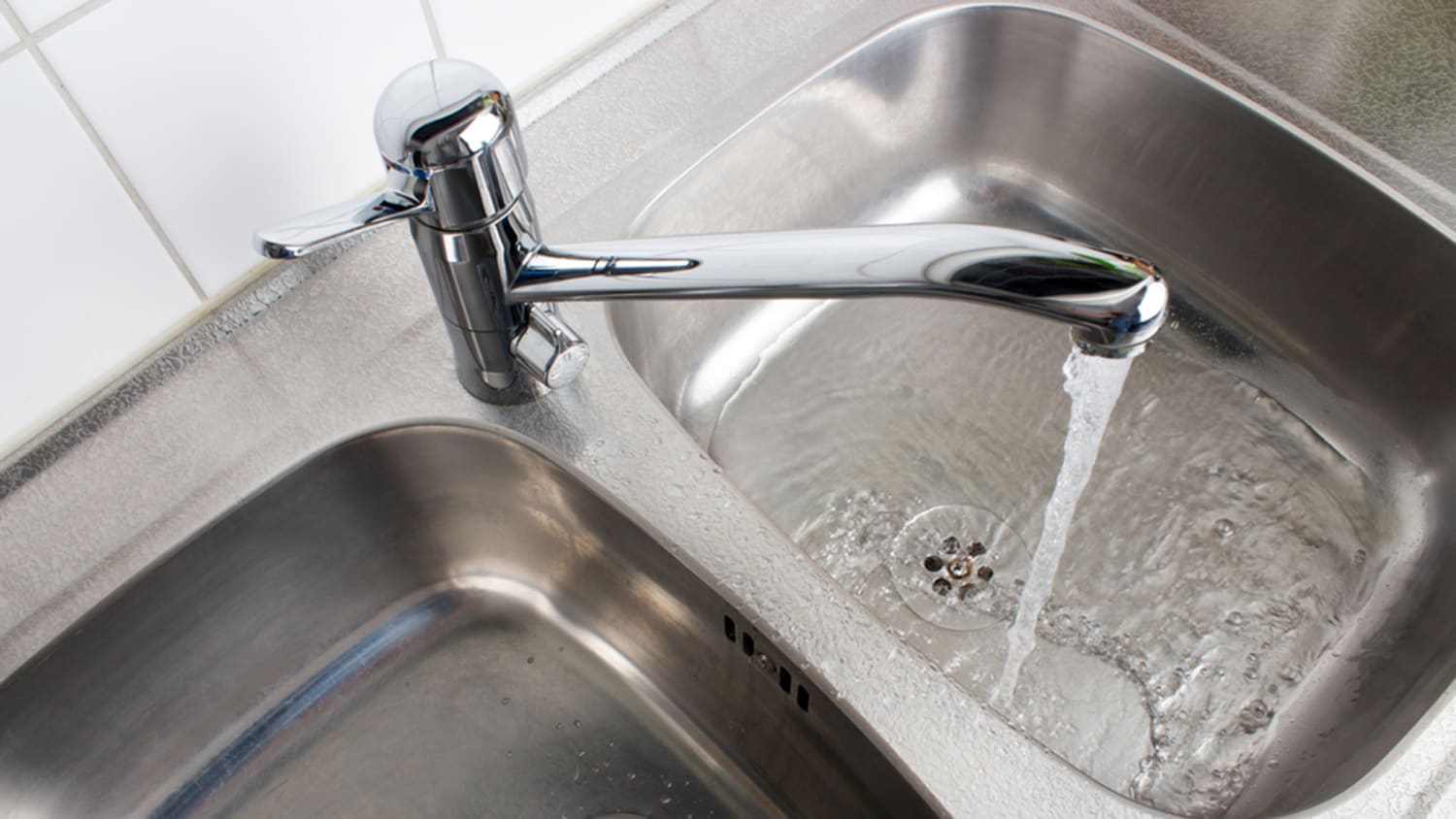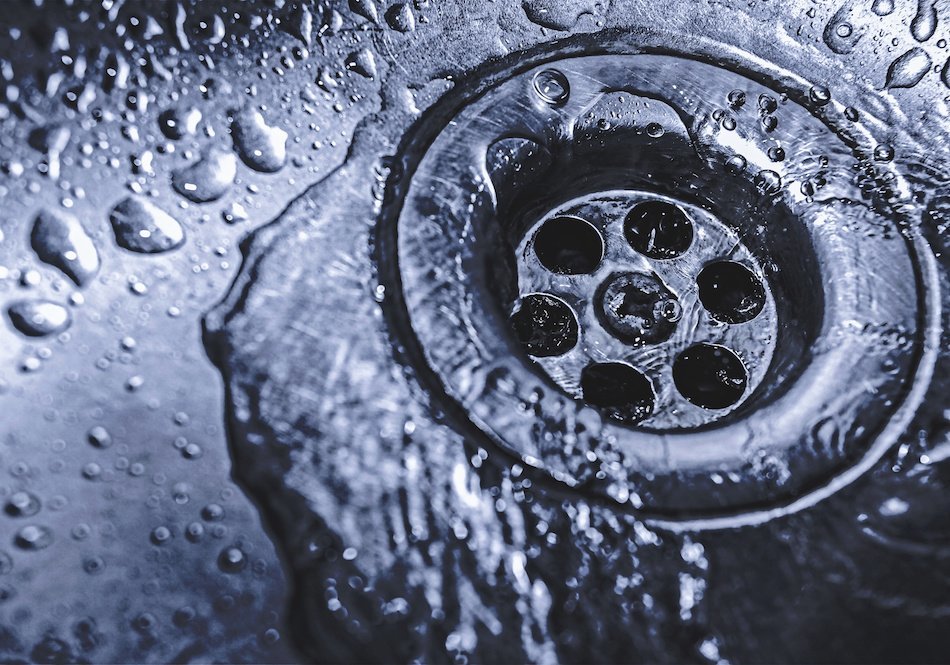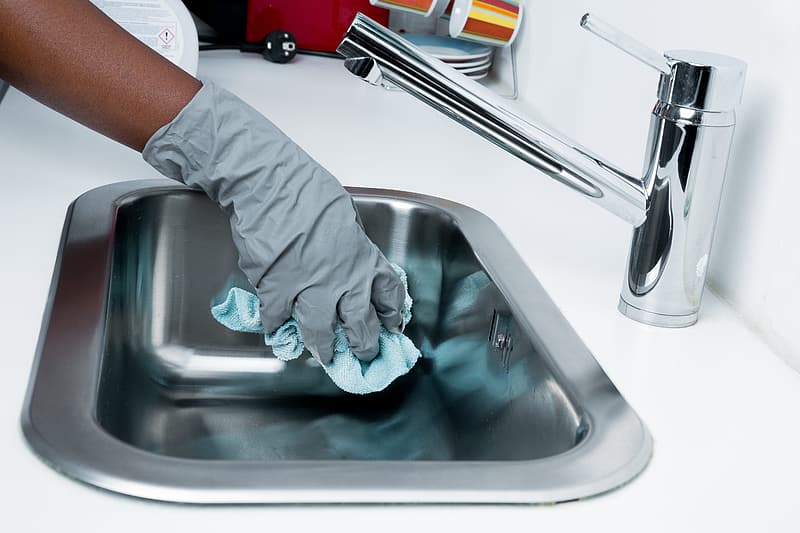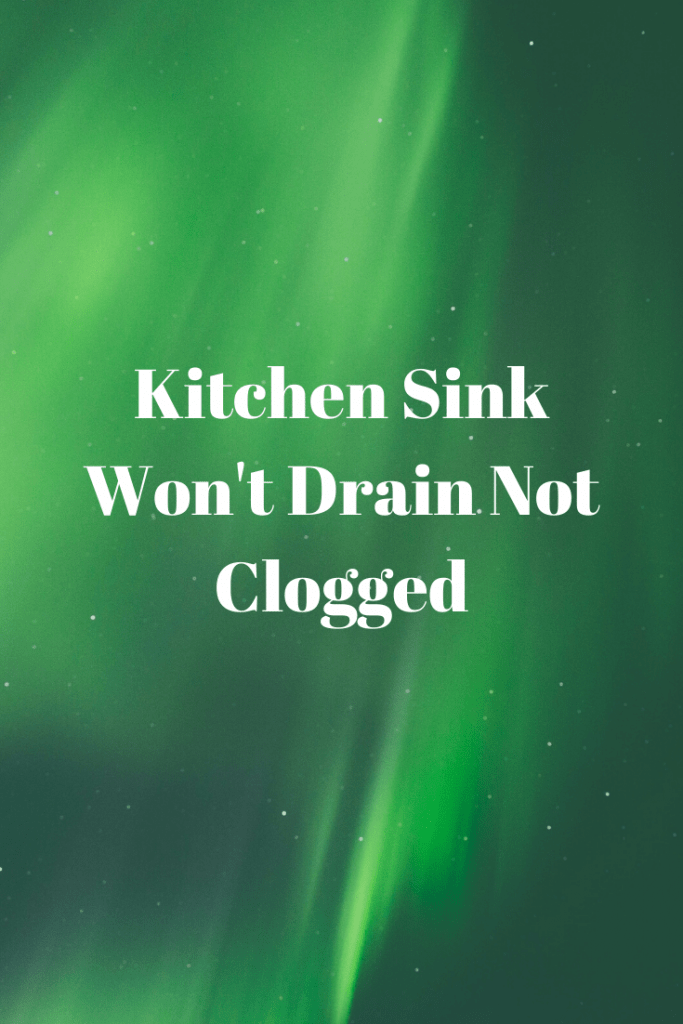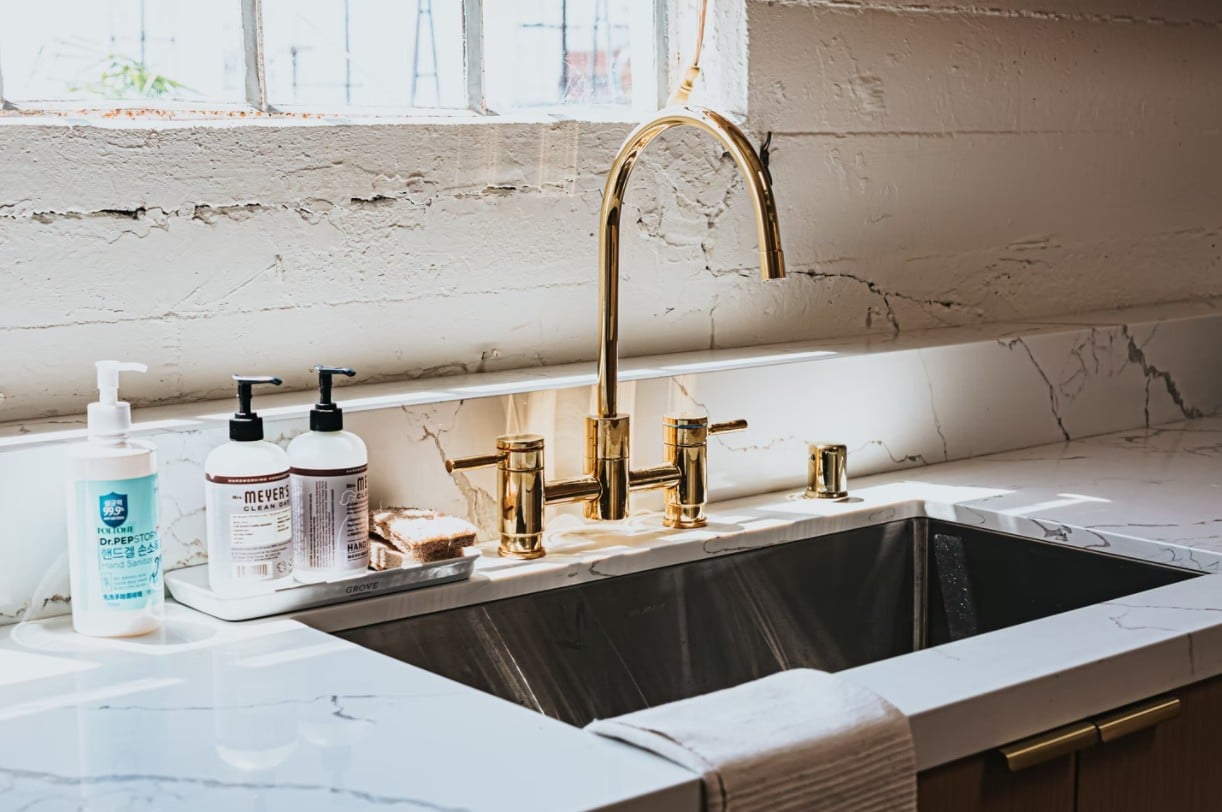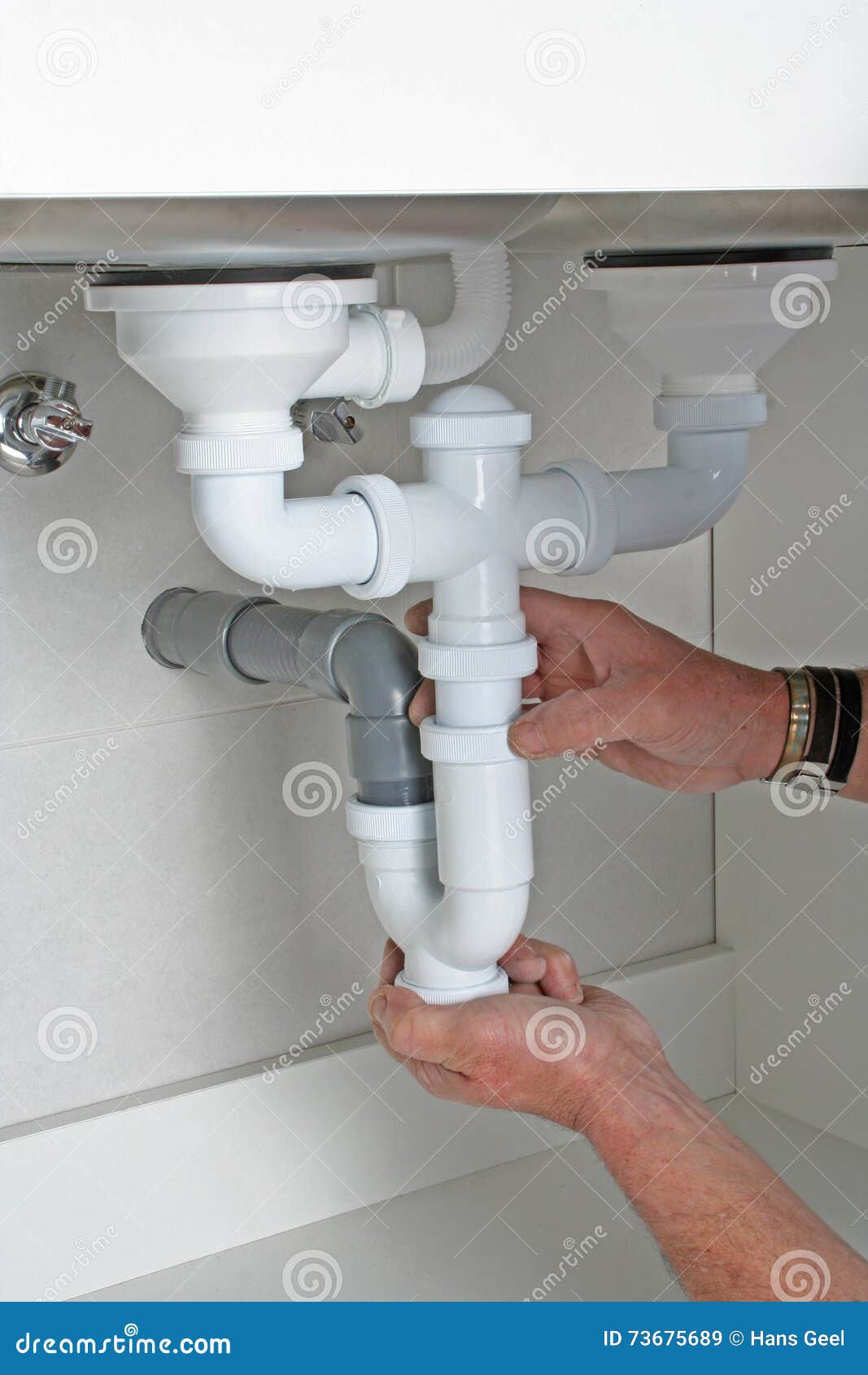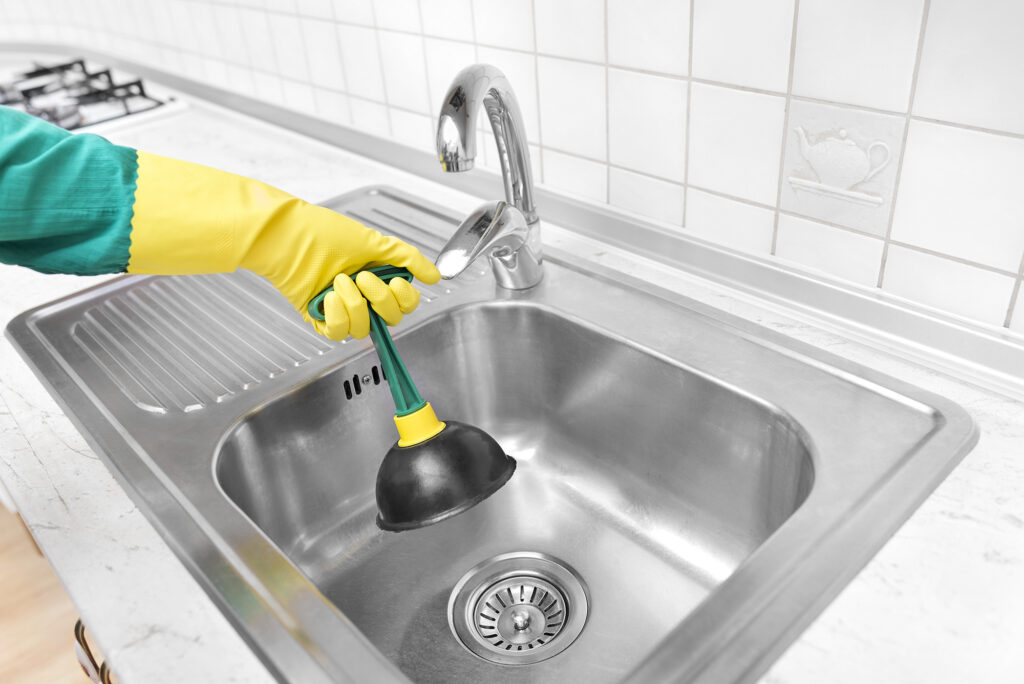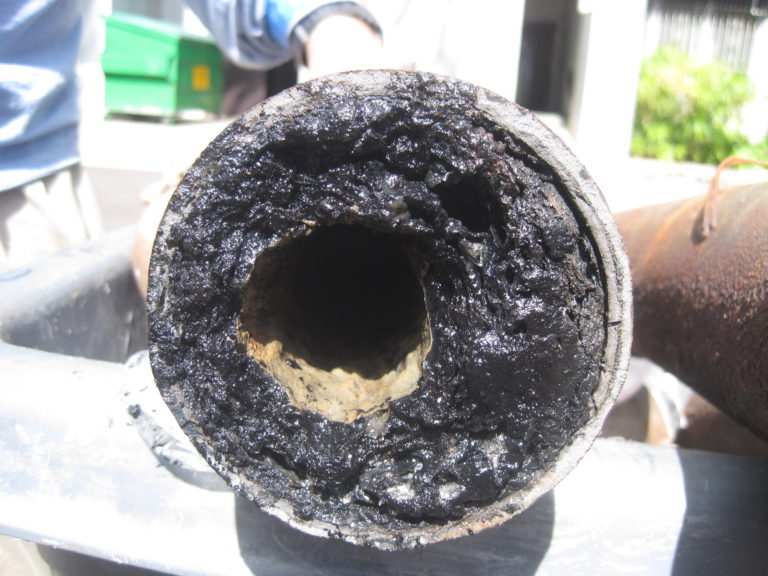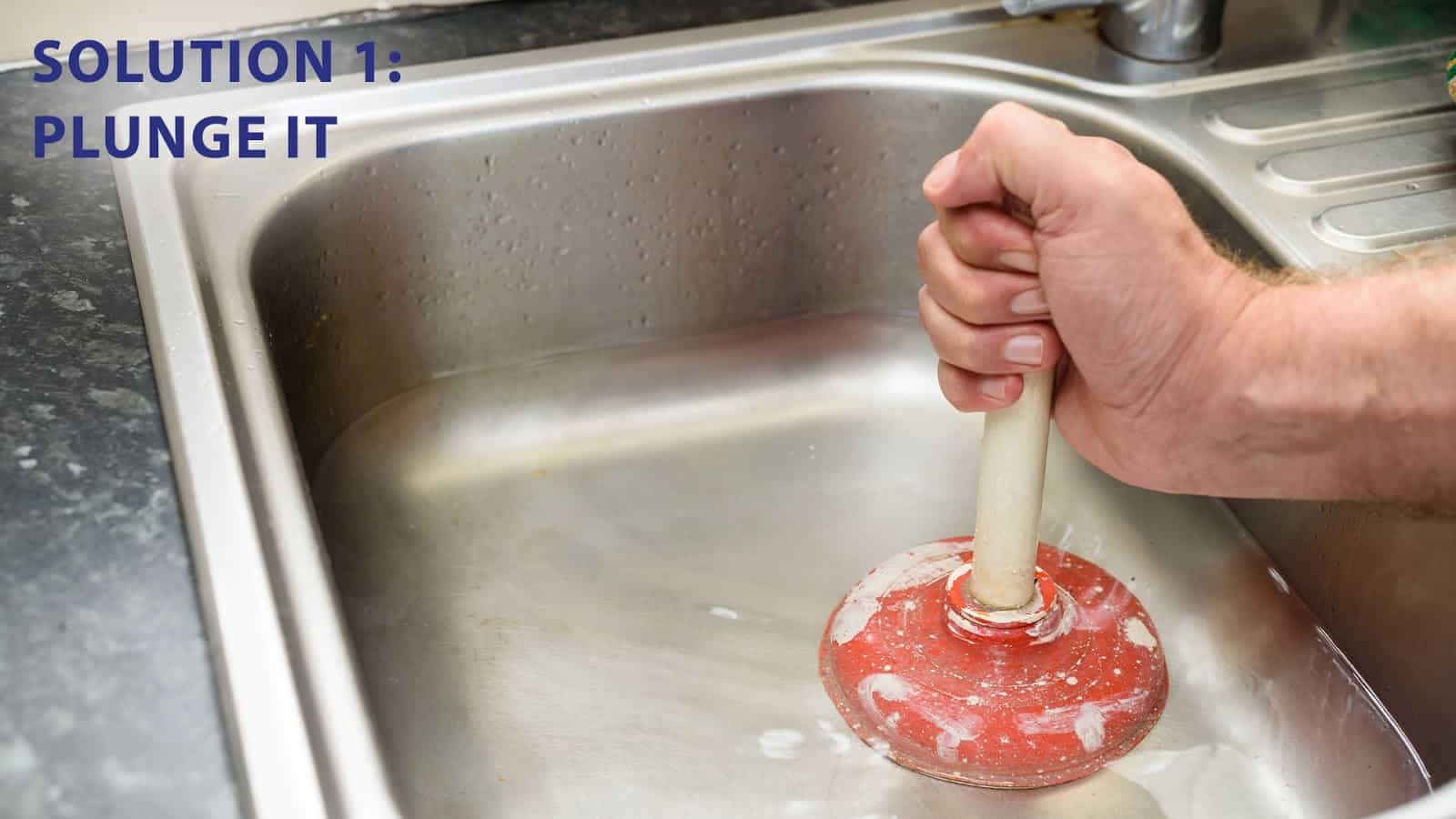Installing a kitchen sink drain vent is an essential step in any kitchen plumbing project. This ventilation system helps to release any gas or odors that may build up in your sink, keeping your kitchen smelling fresh and preventing any potential health hazards. If you're planning to install a new kitchen sink or just want to upgrade your current drain vent, follow these steps for a successful installation. Step 1: Choose the Right Vent Type There are different types of kitchen sink drain vents available, such as air admittance valves, studor vents, and traditional vent pipes. Each type has its own advantages and disadvantages, so make sure to choose one that suits your specific needs and plumbing setup. You may also need to check with your local building codes to ensure that the type of vent you choose is compliant. Step 2: Gather Your Tools and Materials Before starting the installation, make sure you have all the necessary tools and materials on hand. This may include a vent pipe, vent cap, pipe cutter, PVC glue, and other basic plumbing tools. It's always better to be prepared to avoid any delays or trips to the hardware store. Step 3: Plan Your Vent Route Next, you'll need to determine the route of your vent pipe. It's best to run the vent pipe vertically from the kitchen sink drain and connect it to your home's main vent stack. Avoid any sharp turns or bends in the pipe to ensure proper ventilation. If you're unsure about the best route for your vent pipe, consult a professional plumber for guidance. Step 4: Cut and Connect the Vent Pipe Using a pipe cutter, cut the vent pipe to the desired length. Then, connect it to the kitchen sink drain and secure it with PVC glue. Make sure the pipe is angled slightly upward towards the main vent stack to allow for proper air flow. Step 5: Install the Vent Cap Once the vent pipe is connected, install a vent cap on the top to prevent any debris or small animals from entering the pipe. Make sure the cap is securely attached to avoid any potential leaks. Step 6: Test the Vent Before completing the installation, it's essential to test the vent for proper functioning. Fill the sink with water and let it drain while running the garbage disposal. If you notice any gurgling sounds or slow draining, there may be an issue with the vent. In this case, it's best to call a professional plumber for further inspection.How to Install a Kitchen Sink Drain Vent
A clogged kitchen sink drain vent can cause a range of issues, including slow draining, foul odors, and even leaks. If you notice any of these problems, it's essential to unclog the vent as soon as possible to prevent further damage. Here's how: Step 1: Identify the Location of the Clog The first step in unclogging a kitchen sink drain vent is to determine where the clog is located. If you notice slow draining in multiple sinks or fixtures, the clog may be in the main vent stack. If it's only affecting one sink, the clog may be in the vent pipe connected to that specific sink. Step 2: Use a Plunger If the clog is in the main vent stack, a plunger can be an effective tool for unclogging it. Place the plunger over the vent stack and plunge up and down several times. This should dislodge the clog and allow for proper air flow. Step 3: Try a Plumbing Snake If the plunger doesn't work, you can try using a plumbing snake to unclog the vent. Insert the snake into the vent pipe and rotate it while pushing it deeper into the pipe. This will help to break up and remove any obstructions in the pipe. Step 4: Clean the Vent Cap If the clog is in the vent cap, it may be easily removed by cleaning it with a brush or using a high-pressure hose to flush it out. Be sure to wear gloves and eye protection when doing this step. Step 5: Call a Professional If none of these methods work, it's best to call a professional plumber to unclog the vent. They have the necessary tools and expertise to safely and effectively remove any obstructions without causing damage to your plumbing system.How to Unclog a Kitchen Sink Drain Vent
Kitchen sink drain vents are prone to various issues that can affect their functionality. Knowing these common problems can help you identify and address any potential issues before they escalate. Here are some of the most common problems with kitchen sink drain vents: Clogs Clogs are the most common problem with kitchen sink drain vents. As debris and food particles build up in the vent pipe, they can cause blockages that affect the vent's ability to release air and prevent odors. Leaks Over time, the vent pipe or cap may become loose or damaged, resulting in leaks. This can cause water damage to your home and also affect your vent's ability to function correctly. Improper Ventilation Design If the vent pipe is not installed at the correct angle or if there are any sharp turns or bends, it can affect the vent's ability to release air properly. This can lead to slow draining, gurgling sounds, and foul odors in your kitchen. Cracks or Holes Cracks or holes in the vent pipe can also cause leaks and affect the vent's ability to function correctly. These can be caused by age, weathering, or damage from pests or other external factors. Incorrect Vent Type Using the wrong type of vent for your kitchen sink can also cause problems. For example, an air admittance valve may not be suitable for a heavily used kitchen sink, resulting in clogs and other issues.Common Problems with Kitchen Sink Drain Vents
If you're experiencing frequent issues with your kitchen sink drain vent, it may be time to replace it. Here's how to do it: Step 1: Remove the Old Vent Using a pipe cutter, cut the old vent pipe close to the kitchen sink drain and remove the cap. Then, disconnect the pipe from the main vent stack and remove it from the sink drain. Step 2: Measure and Cut the New Vent Pipe Measure the distance between the kitchen sink drain and the main vent stack and cut a new vent pipe to the appropriate length. Make sure to leave enough room for attaching the new vent cap. Step 3: Connect the New Vent Pipe Using PVC glue, connect the new vent pipe to the kitchen sink drain and the main vent stack. Make sure the pipe is angled correctly for proper ventilation. Step 4: Install the New Vent Cap Once the vent pipe is securely attached, install a new vent cap on top to prevent any debris or animals from entering. Make sure the cap is tightly sealed to avoid any leaks. Step 5: Test the Vent Before completing the replacement, test the new vent for proper functionality. Run water down the sink drain and check for any gurgling sounds or slow draining. If everything is working correctly, you have successfully replaced your kitchen sink drain vent.How to Replace a Kitchen Sink Drain Vent
There are several types of kitchen sink drain vents available, each with its own advantages and disadvantages. Here are some of the most common types: Air Admittance Valves (AAVs) AAVs are one-way valves that allow air to enter the vent pipe but not escape. They are typically installed under the kitchen sink and are suitable for low to medium use sinks. AAVs are easy to install and require minimal maintenance. Studor Vents Similar to AAVs, studor vents also use a one-way valve to allow air to enter the vent pipe. However, they are installed on top of the sink drain and are suitable for medium to high use sinks. Traditional Vent Pipes Traditional vent pipes are the most common type of kitchen sink drain vents. They are vertical pipes that connect the kitchen sink drain to the main vent stack. Traditional vents are suitable for all types of sinks and have been used for decades in plumbing systems.Types of Kitchen Sink Drain Vents
Regularly cleaning your kitchen sink drain vent can help prevent clogs and maintain proper ventilation. Here's how to do it: Step 1: Remove the Vent Cap Using a screwdriver or pliers, carefully remove the vent cap from the top of the vent pipe. Be sure to wear gloves and eye protection to avoid any debris or pests that may be inside. Step 2: Clean the Vent Cap Scrub the vent cap with a brush and a mixture of hot water and dish soap. This will help to remove any buildup or debris that may be causing a blockage. Step 3: Flush the Vent Pipe Using a high-pressure hose, flush out the vent pipe to remove any remaining debris or buildup. You may also use a plumbing snake to dislodge any stubborn clogs. Step 4: Reinstall the Vent Cap Once the vent cap and pipe are clean, reinstall the vent cap and secure it tightly. This will prevent any debris or pests from entering the vent pipe in the future.How to Clean a Kitchen Sink Drain Vent
If you notice water leaking from your kitchen sink drain vent, it could be due to a few different reasons. Here are some possible causes: Loose Connections If the connections between the vent pipe and the kitchen sink drain or main vent stack are loose or not correctly sealed, it can cause leaks. Make sure all connections are tightly secured. Damaged Vent Cap If the vent cap is damaged or cracked, it can cause leaks. Inspect the cap regularly and replace it if necessary. Cracked or Clogged Vent Pipe A cracked or clogged vent pipe can also cause leaks. If you notice any cracks or blockages, it's best to replace the vent pipe to prevent further damage. Incorrect Vent Type Using the wrong type of vent for your kitchen sink can also cause leaks. Make sure to choose a vent that is suitable for your sink and plumbing setup.Why is My Kitchen Sink Drain Vent Leaking?
If you're experiencing a clogged kitchen sink drain vent, here are some steps you can take to fix the issue: Step 1: Identify the Location of the Clog The first step in fixing a clogged vent is to determine where the clog is located. If it's in the main vent stack, you may need to use a plumbing snake to remove it. If it's in the vent pipe connected to the kitchen sink, you can try using a plunger to dislodge the clog. Step 2: Use a Plumbing Snake If the clog is in the main vent stack, insert a plumbing snake into the vent pipe and rotate it while pushing it deeper into the pipe. This will help to break up and remove the obstruction. Step 3: Try a Plunger If the clog is in the vent pipe connected to the kitchen sink, use a plunger to try and dislodge it. Place the plunger over the vent stack and plunge up and down several times. Step 4: Clean the Vent Cap If the clog is in the vent cap, clean it with a brush or use a high-pressure hose to flush it out. Make sure to wear gloves and eye protection when doing this step. Step 5: Call a Professional If none of these methods work, it's best to call a professional plumber to fix the clogged vent. They have the necessary tools and expertise to safely and effectively remove any obstructions without causing damage to your plumbing system.How to Fix a Clogged Kitchen Sink Drain Vent
If you're installing a new kitchen sink or just need to replace the vent pipe, here's how to do it: Step 1: Remove the Old Vent Pipe If you're replacing an old vent pipe, start by removing the old one. Cut it close to the kitchen sink drain and remove it from the main vent stack. Step 2: Measure and Cut the New Vent PipeHow to Install a New Kitchen Sink Drain Vent Pipe
Kitchen Sink Drain Vent: Why It's an Essential Part of Your House Design
Ensuring Proper Plumbing and Ventilation in Your Kitchen
 When designing your dream kitchen, there are many elements to consider such as the layout, color scheme, and appliances. However, one crucial component that is often overlooked is the
kitchen sink drain vent
. This small but mighty feature plays a vital role in keeping your plumbing and ventilation systems functioning properly. In this article, we'll delve into the importance of having a kitchen sink drain vent, how it works, and the different options available.
When designing your dream kitchen, there are many elements to consider such as the layout, color scheme, and appliances. However, one crucial component that is often overlooked is the
kitchen sink drain vent
. This small but mighty feature plays a vital role in keeping your plumbing and ventilation systems functioning properly. In this article, we'll delve into the importance of having a kitchen sink drain vent, how it works, and the different options available.
What is a Kitchen Sink Drain Vent?
 A
kitchen sink drain vent
is a small pipe that connects to your kitchen sink drain and leads to the outside of your home. It allows for proper ventilation of your kitchen's plumbing system, preventing unpleasant odors and harmful gases from building up in your sink and pipes. The vent also helps to regulate the pressure in your plumbing system, ensuring that water flows smoothly and efficiently through the pipes.
A
kitchen sink drain vent
is a small pipe that connects to your kitchen sink drain and leads to the outside of your home. It allows for proper ventilation of your kitchen's plumbing system, preventing unpleasant odors and harmful gases from building up in your sink and pipes. The vent also helps to regulate the pressure in your plumbing system, ensuring that water flows smoothly and efficiently through the pipes.
Why is a Kitchen Sink Drain Vent Necessary?
 Without a
kitchen sink drain vent
, your plumbing system would not function properly. When water flows down the sink drain, it creates a vacuum that can slow down or even stop the flow of water. This can lead to clogs, backups, and even burst pipes. Additionally, without proper ventilation, gases and odors can build up in your pipes, creating an unpleasant and potentially hazardous environment in your kitchen.
Without a
kitchen sink drain vent
, your plumbing system would not function properly. When water flows down the sink drain, it creates a vacuum that can slow down or even stop the flow of water. This can lead to clogs, backups, and even burst pipes. Additionally, without proper ventilation, gases and odors can build up in your pipes, creating an unpleasant and potentially hazardous environment in your kitchen.
Types of Kitchen Sink Drain Vents
 There are several types of
kitchen sink drain vents
available, each with its own unique benefits. The most common type is the
studsor vent
, which is a small pipe that runs through the wall and connects to the main vent stack of your home. Another option is the
air admittance valve
, a mechanical vent that can be installed under the sink. This type of vent is a great space-saving option for smaller kitchens. Finally, there is the
island vent
, which is used for kitchen sinks that are located on an island rather than against a wall.
There are several types of
kitchen sink drain vents
available, each with its own unique benefits. The most common type is the
studsor vent
, which is a small pipe that runs through the wall and connects to the main vent stack of your home. Another option is the
air admittance valve
, a mechanical vent that can be installed under the sink. This type of vent is a great space-saving option for smaller kitchens. Finally, there is the
island vent
, which is used for kitchen sinks that are located on an island rather than against a wall.
In Conclusion
 In conclusion, a
kitchen sink drain vent
may seem like a small and insignificant part of your house design, but it plays a crucial role in keeping your kitchen plumbing and ventilation systems functioning properly. It is important to consult with a professional plumber when installing a new kitchen sink drain vent to ensure it is done correctly and meets all building codes. Don't overlook this essential component in your kitchen design, and enjoy a well-functioning and odor-free kitchen for years to come.
In conclusion, a
kitchen sink drain vent
may seem like a small and insignificant part of your house design, but it plays a crucial role in keeping your kitchen plumbing and ventilation systems functioning properly. It is important to consult with a professional plumber when installing a new kitchen sink drain vent to ensure it is done correctly and meets all building codes. Don't overlook this essential component in your kitchen design, and enjoy a well-functioning and odor-free kitchen for years to come.





:max_bytes(150000):strip_icc()/how-to-install-a-sink-drain-2718789-hero-24e898006ed94c9593a2a268b57989a3.jpg)
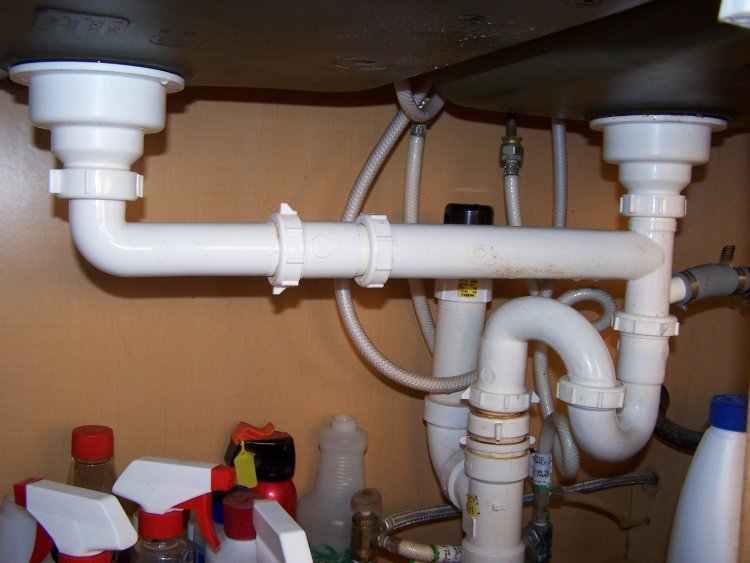










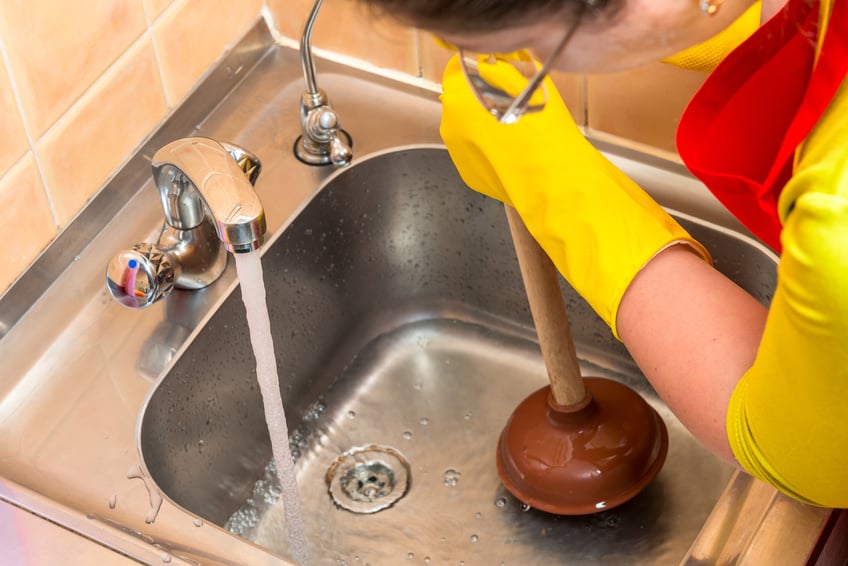
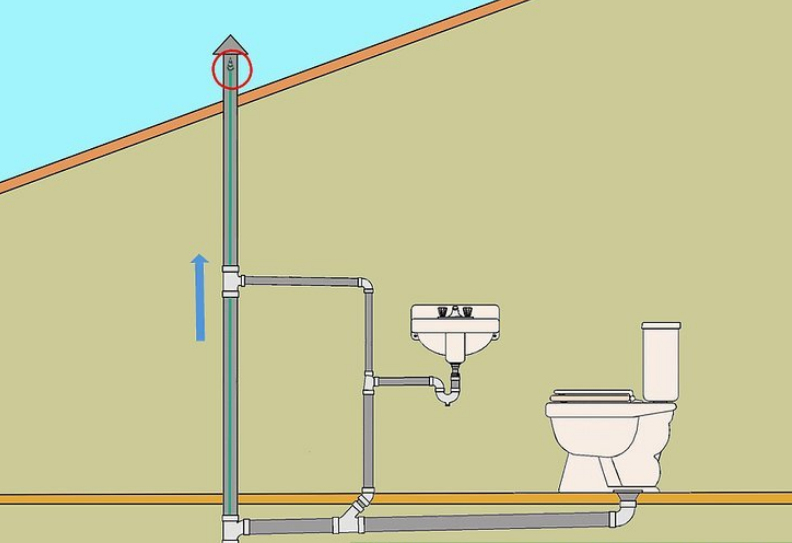

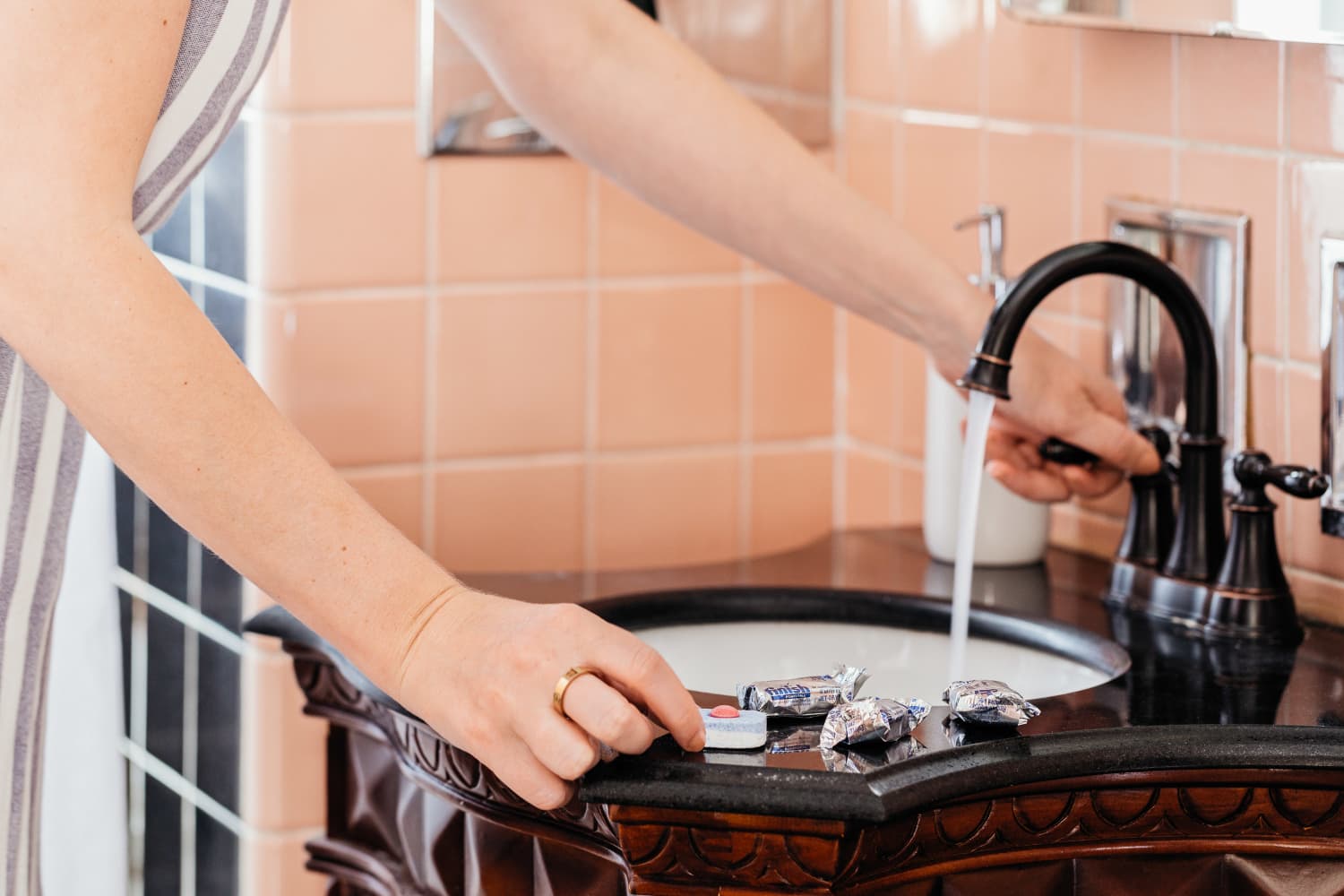





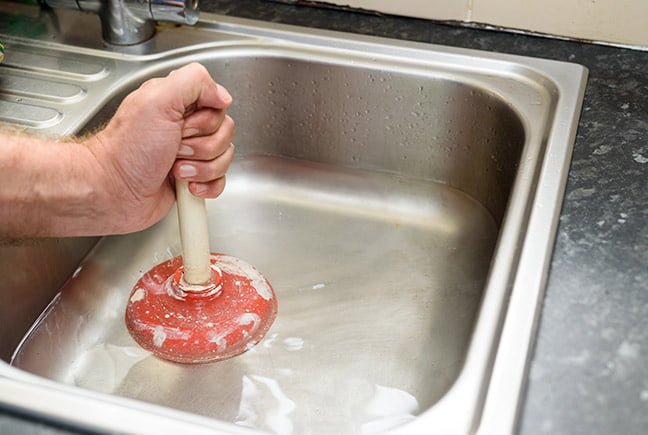
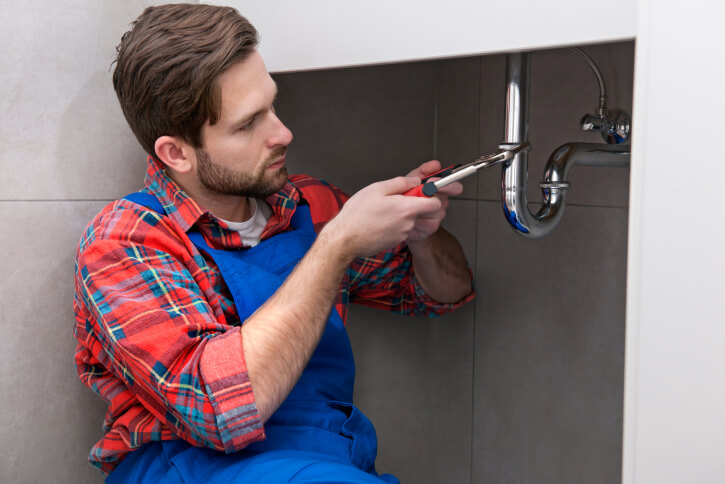











/how-to-install-a-sink-drain-2718789-hero-b5b99f72b5a24bb2ae8364e60539cece.jpg)



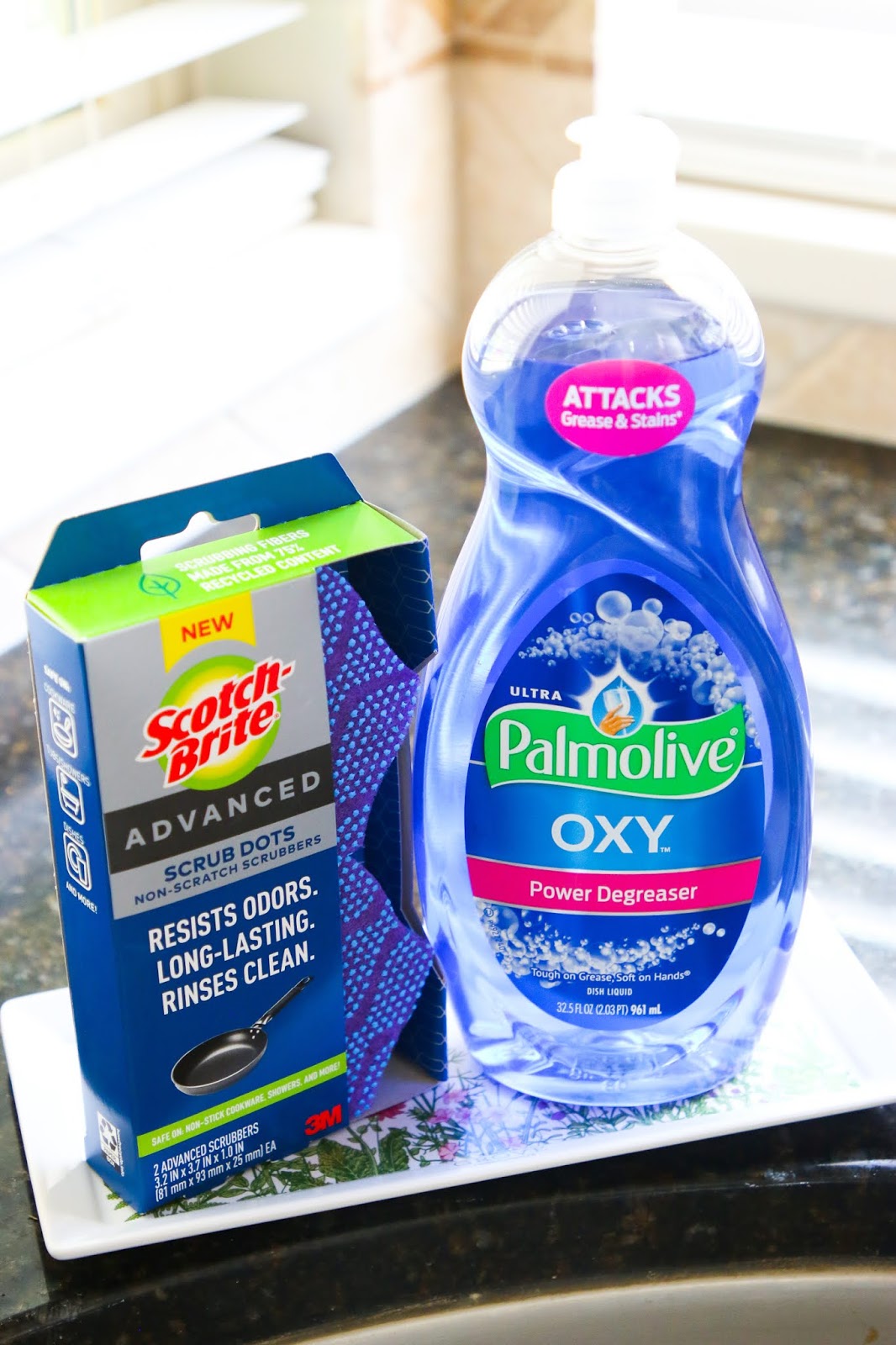

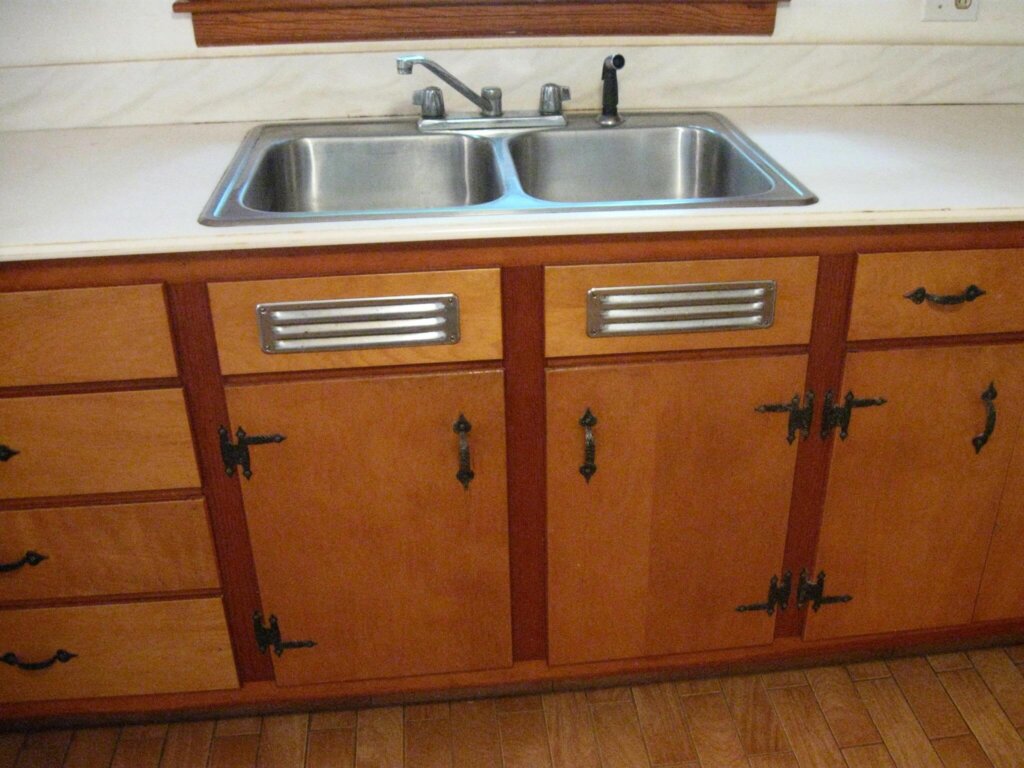

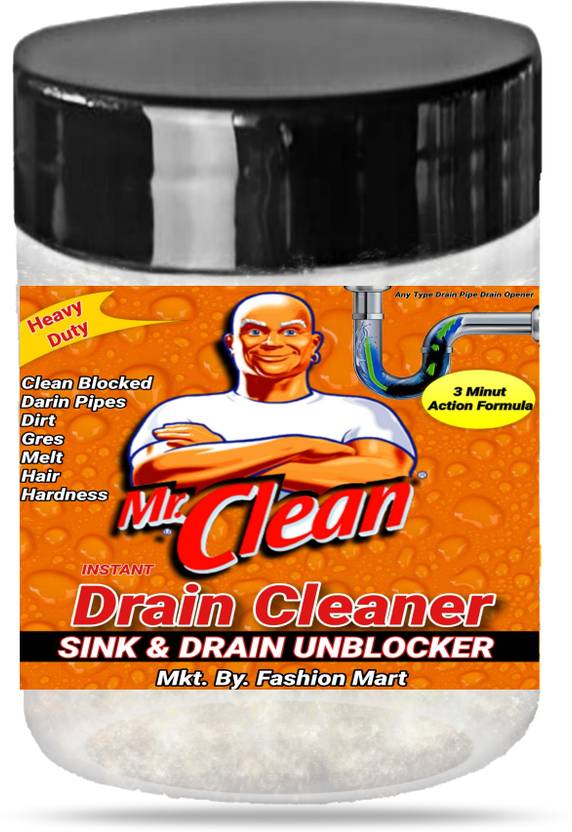
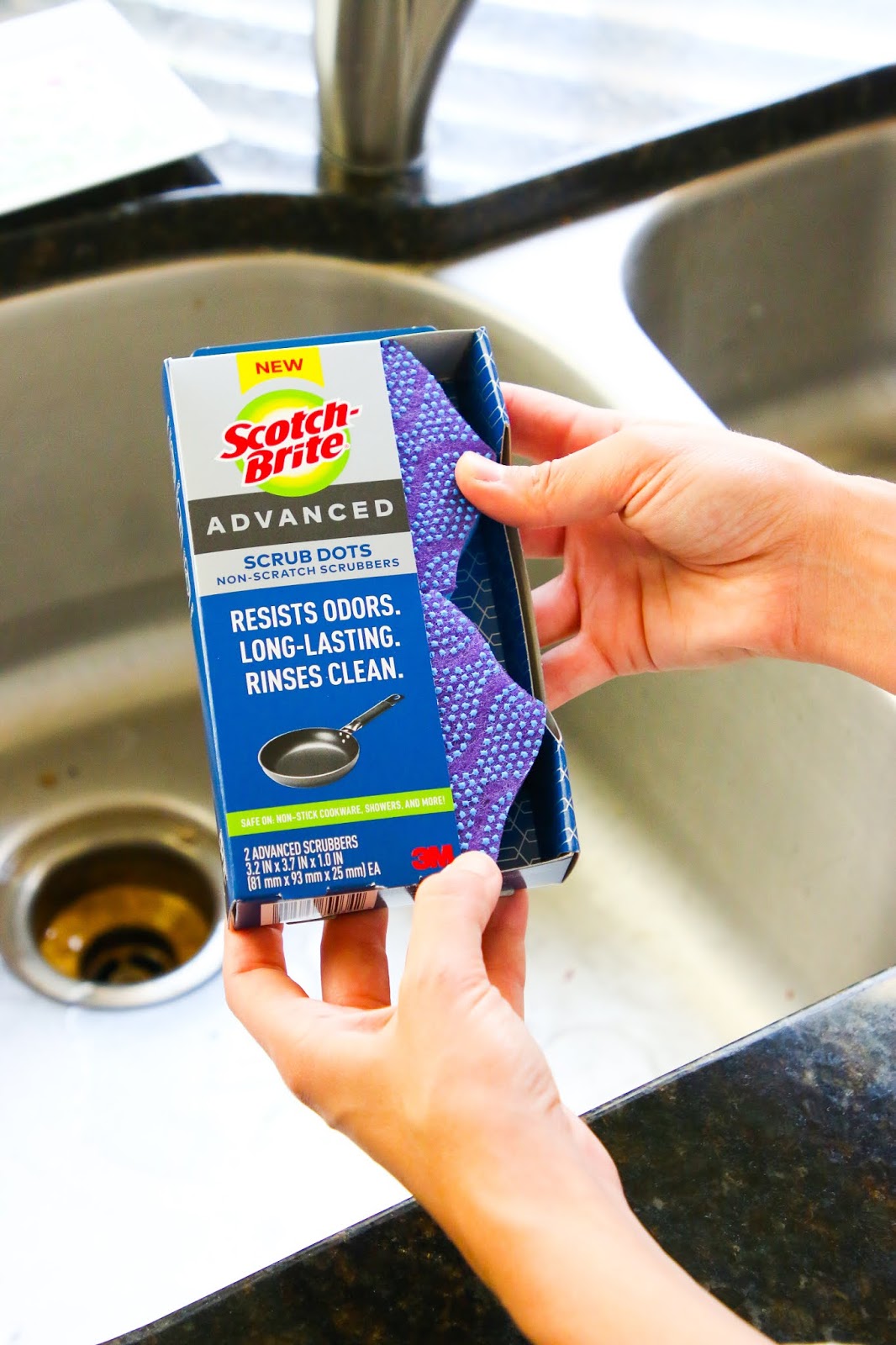
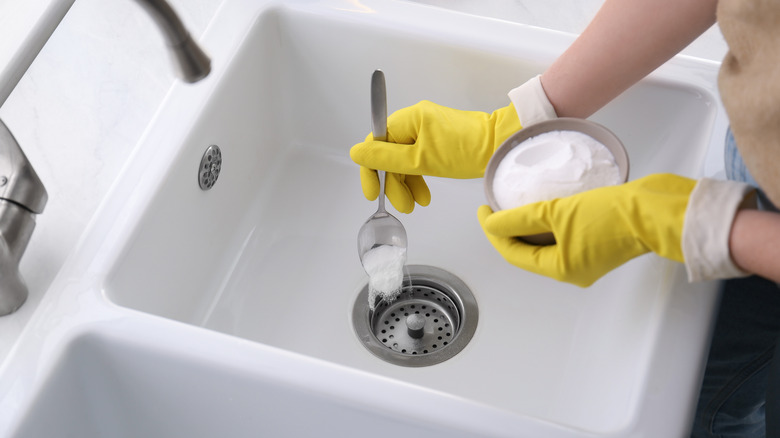
:max_bytes(150000):strip_icc()/how-to-clean-a-kitchen-sink-and-drain-01-5660035-a1d8afe3894346f9a579e66c55e64b7d.jpg)
